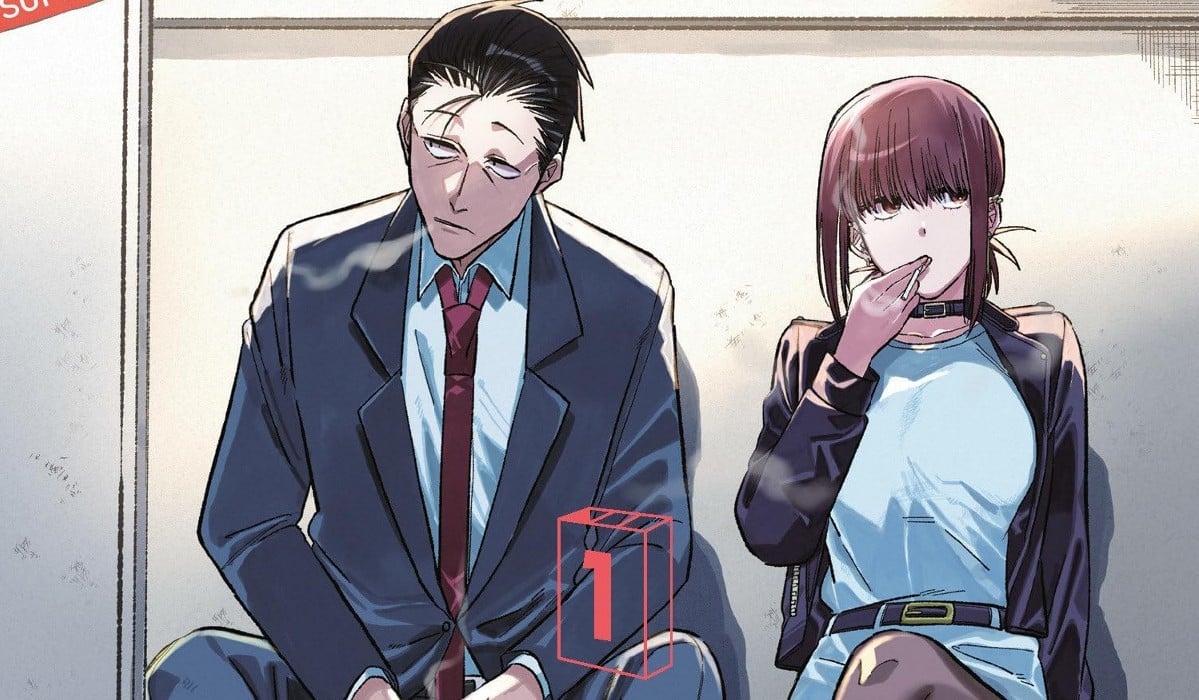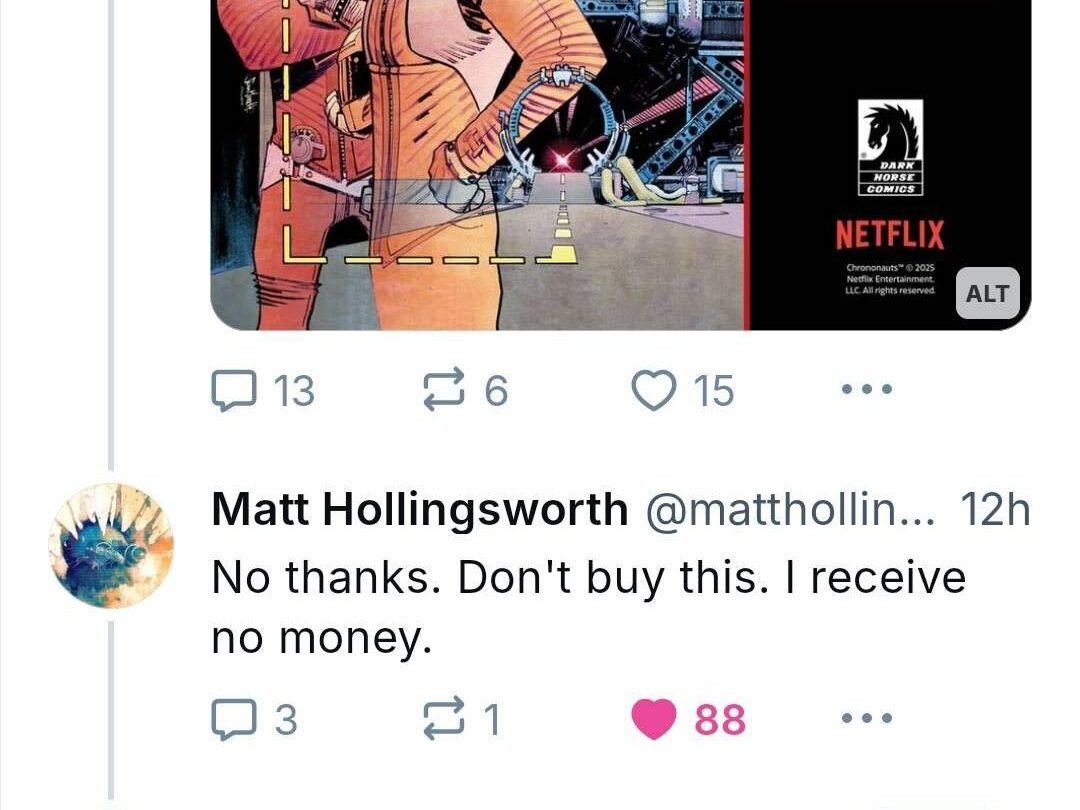
I see Andor is getting some love of late, which is swell. I’m glad folks are finally getting some enjoyment out of it. It must be painful and thankless to watch terrible streaming for a living.
That being said, unless I hear that the completed series is the best thing ever, I’ll likely never see it.
Instead, I’ve dropped some cash for the first three seasons of Moonlighting on DVD. Let me explain why.

Physical Media is King
I’ve been hitting this point for a while, but it’s never been more relevant. Wokeism has not yet been fully defeated, and over Easter we got reports that The Passion of the Christ was stealth-edited to remove scripture. Given Disney has already disappeared The Song of the South and dumped shows off their streaming lineup, assuming that your streaming subscription will permanently include access to certain entertainment is a sucker’s bet.
Physical media, on the other hand, is always yours, and you can watch it whenever you want and don’t even need an internet connection. Pretty cool.
Rising Entry Costs
Disney has heavily pushed creating ‘cinematic universes,’ which may have seemed like a great way to fleece fans, but if you’re not an early adopter, each new element just makes it that much harder to get into the door. I am assuming Andor is a standalone, and that I won’t have to slog through other shows, but even if that is the case, putting in a solid 12 hours of viewing just to catch up is a big ask.
There’s also the problem that Star Wars used to be big, a cinematic event, and now it’s the equivalent of a 1980s detective show, which were a dime a dozen. For those under a certain age, detective shows were a mainstay of entertainment from the 1970s all the way into the 1990s. You get a complicated main character (say a disillusioned Vietnam veteran or a pardoned ex-convict), surround him with a quirky cast, and then let the guest stars do their thing.

Not much of a plot arc, but that keeps the entry cost down. Nowadays of course you can binge, but not all seasons were equally good, and there’s something to be said for just killing some time watching an episode once in a while and not having to remember what was going on.
To put it another way, old TV shows were not like taking on a viewership obligation. If the show didn’t grab your attention right away, you could turn it off without remorse. There are good episodes and bad ones.
The streaming trap is basically telling you to gut it out in the hopes that at some point it will get worth watching, and Hollywood’s obsession with world-building and back-story at the expense of plot movement means you have to slog through a dozen or more episodes to get any kind of payoff.

Failing the Finale
Even assuming a current streaming show is widely lauded, has low entry costs, I’m still not going to watch it until it’s ever. There have been too many cases where a hit show fails to stick the landing. Game of Thrones is the rule rather than the exception here.
Sometimes it has nothing to with writing – the show just gets canceled. Amazon Prime is terrible with this, leaving me hanging after watching the only season of Z: The Beginning of Everything and the sudden halt to Legend of the Cid was deeply demoralizing. These were actually great shows, but of course quality was never one of Jennifer Salke’s concerns, and now she has plenty of spare time to contemplate her failures.

The Moonlighting Option
The upshot is that I can spend money on something that may suck, requires hours of viewing to make sense, may not get an ending, and if it does, it might be awful, and it can also disappear without warning, or I can just outright buy a whole show that I know I will like, such as Moonlighting.
I’m not going to lie – there is an element of risk. I haven’t watched Moonlighting since it originally aired, and some shows haven’t aged well. However, my forays into 80s shows has for the most part been positive. They not only hold up well, but I catch stuff that I missed back in the day.

The larger point is that Disney and other streamers have boxed themselves in by getting too ambitious. Recall that Netflix made its money on offering re-runs, not original content. They picked up old shows for pennies on the dollar and people loved going back and watching them for exactly the reasons I’ve given above.
Just to be clear, I’m not using this as yet another opportunity to pick on Star Wars, it’s just that Andor and my recent purchase have lined up in a convenient way. I could say the same thing about the Daredevil reboot, which was favorably received before going sideways.
If you look back to when Moonlighting was on the air, it was one of a dozen shows that had some sort detective/private investigator angle to it. The only thing that set them apart was the cast and premise. Disney has done the same thing with both Star Wars and Marvel universe – endless amounts of content that vaguely interact with one another, sort of like the time Simon and Simon did a crossover episode with Magnum, p.i..

The Genre Blast Radius
The crucial difference was that while those shows sometimes created continuity problems, they didn’t impact anything other than the show. Disney, on the other hand, continues to twist the lore, which splashes onto the larger film franchise. Moonlighting very famously flatlined after the third season, so you can just not buy or watch those episodes. The same is true with Miami Vice’s third season and if we want to get more into nerd territory, Babylon 5’s fifth season is horrific.
The thing is, that just affects that particular show, not dozens of feature films. The blast radius is quite small. However, if you like the IP, watching spinoff shows once carries a high probability that some diversity hire will gut the laws of physics by accident.

Also, the 80s shows had way hotter chicks and strong, cool dudes. Maybe I should pick up Remington Steele while I’m at it. Stephanie Zimbalist was a total smoke show.
***



















 English (US) ·
English (US) ·